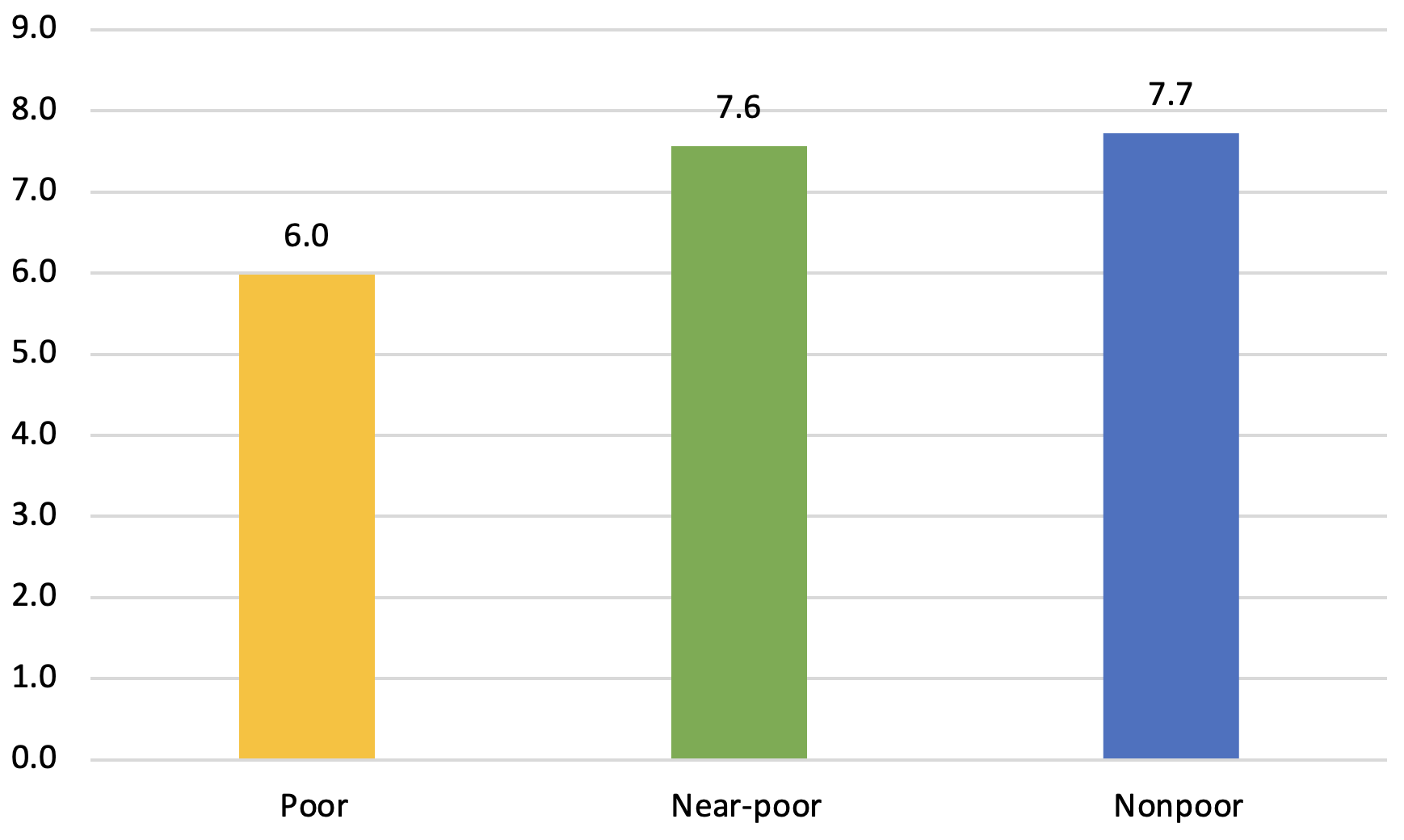
This is the sixth in a series on doing educational equity right. See the introductory post, as well as ones on school finance, student discipline, advanced education, and school closures.
The casual observer might be surprised that there’s much controversy about homework. A common sense, man-on-the-street view would be straightforward: Teachers should assign homework, and students should do it. After all, practice makes perfect, and kids can’t learn without exerting effort.
But alas, in this domain, as in others, there is indeed robust debate (and not just among bellyaching students). Some of it springs from “hothouse” schools in upper-middle-class suburbs where parents fret that too much homework is stressing out their sons and daughters. Some of it stems from scholars, who have questioned whether homework actually boosts learning. But much of it comes from concerns about “the homework gap”—the longstanding finding that kids from low-income households spend significantly less time on homework than their more advantaged peers. And therefore, some argue, we should limit homework or eliminate it altogether.
Figure 1. The high school homework gap: Average hours spent doing homework, by student poverty level, 2019

Source: U.S. Department of Education, National Center for Education Statistics, Parent and Family Involvement in Education Survey of the National Household Education Surveys. (This table was prepared April 2021.) Note: Poor children are those whose family incomes were below the Census Bureau’s poverty threshold in the year prior to data collection. Near-poor children are those whose family incomes ranged from the poverty threshold to 199 percent of the poverty threshold. Nonpoor children are those whose family incomes were at or above 200 percent of the poverty threshold.
You won’t be surprised that I disagree. That certainly is no way to “do educational equity right.” Instead of leveling down, Harrison Bergeron style, we should level up. Our goal when it comes to homework should be to get more students to do more of it—at least the valuable, productive kind, which loads of research studies demonstrate is related to increased academic achievement.
And that means addressing the barriers that some low-income students face when it comes to doing homework—either at home or at school.
The most obvious one relates to technology. Though the “digital divide” has largely been closed, low-income families are still less likely to have high-speed internet access in their homes. And while schools dramatically ramped up their one-to-one laptop initiatives during the pandemic, there are still locales where not all students have access to workable devices. As reported by Education Week, a recent Pew survey found that 22 percent of U.S. teens said they often or sometimes have to do their homework on a cellphone, 12 percent said that “at least sometimes” they are unable to complete homework assignments because they do not have reliable access to a computer or internet connection, and 6 percent said they have to use public Wi-Fi to do their homework “at least sometimes” because they don’t have an internet connection at home. To the extent that schools are assigning homework that must be done online, that’s an issue.
Low-income students are also less likely to report having a quiet place to do homework, not surprising given that their homes tend to be smaller and that they often are tasked with taking care of younger siblings. Their parents may also be less capable of helping with homework, given that, within lower-income families, parents and other caregivers are much more likely to have dropped out of high school themselves.
But the answer to these challenges can’t be simply to throw up our hands and say it’s unfair to assign homework to kids from low-income families, so we just won’t assign any homework to anyone. It’s to overcome the challenges!
That entails addressing the technology gaps, such as by providing laptops or Chromebooks to all students, as well as Wi-Fi hotspots. An even better approach might be to make such technology available at the school, by keeping media centers open and staffed before school, after school, and on the weekends. That turns “homework” into “out of class work”—but the benefits are the same. The marginal costs of keeping public school facilities open longer are minimal, but the benefits could be substantial.
If that creates new challenges—for example, providing transportation to students for these “extended learning time” opportunities—then study halls and the like could be built into the regular school day itself. Just make the day longer and adjust the transportation schedule accordingly. Or team up with other community organizations that could provide homework help and quiet environments, from public libraries to Boys & Girls Clubs to churches.
None of this is rocket science. Indeed, KIPP charter schools have been doing versions of this for a quarter century—including giving students their teachers’ cell-phone numbers so they can get help with homework at night. That’s because KIPP and other great high-poverty schools have always felt a sense of urgency around helping their students catch up to their more affluent peers. And they’ve always known that means working harder and longer—not just to close the homework gap, but to reverse it.
I know what some might be saying: Getting traditional public schools to do things like this is going to be hard. Chromebooks and Wi-Fi hotspots cost money. So does keeping school libraries open after school or on weekends. Not all teachers will be crazy about giving kids access to their phone numbers.
All true. But if we care about doing educational equity right, we need to call the bluff of those who want to lower expectations for students’ work and effort “because equity.” Those so-called advocates need to do some of their own homework—and penance—as well.
Michael J. Petrilli is president of the Thomas B. Fordham Institute, visiting fellow at Stanford University’s Hoover Institution, and an executive editor of Education Next.
This post originally appeared on the Fordham Institute’s Flypaper blog.


